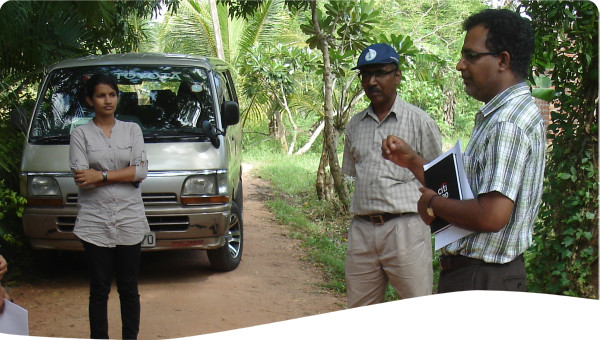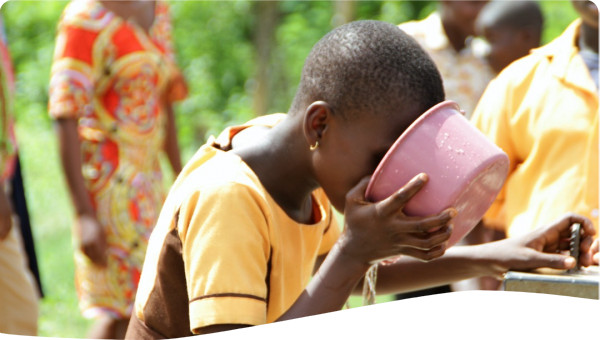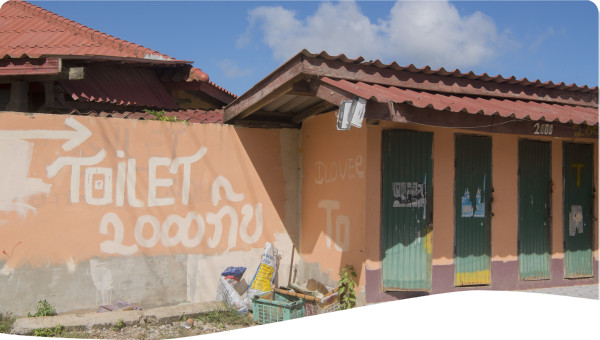 Tool -
Tool -
Social assessments (SA) has long been used by social scientists for analysing the conditions, causes, and consequences of social phenomena and social life. SAs provide a framework to prioritise, gather, analyse, and incorporate social information such as dynamics of demography, socioeconomy, displacement gender, and poverty to foster a participatory approach into the design, delivery, and evaluation of large infrastructure projects, agricultural reforms, utility reforms, civil service reforms, and fiscal policies (Rietbergen-McCracken and Narayan, 1998). They enable developers and planners to understand the impact of the project on people and the impact of people on the project. It further helps to establish an appropriate framework for stakeholder identification and their participation in project planning, programming or policy selection, design, implementation, monitoring and evaluation. Since there are a wide array of social indicators, social assessments need to be selective and strategic, focusing variables of operational relevance (McPhail and Jacobs, 2003).
Water management decisions affect societies that are directly or indirectly dependent on water resources making social assessments increasingly important for effective water management. Managing water may cause conflicts between competing users and escalate water issues. Furthermore, changes in policy, legislation and development action will have impact on many communities across and beyond local jurisdictions. For instance, change in policy related to water allocation and water pricing (Tool C4.01) will have a direct impact on local communities as well as downstream communities as they organise their daily water needs. Thus, it is crucial to ensure the social issues are considered through the process of social assessments including development and planning processes. This can help put projects into context and help identify interlinkages between different components, outcomes of change, social needs while also allowing planners to reduce or mitigate the negative impacts (Maguire and Cartwright, 2008).
SAs can inform and improve the quality of decision-making (Tools C2), especially of large and complex investment programmes. They go beyond technical and economic considerations towards developing an understanding of impacts on people and society by evaluating how the costs and benefits are distributed among different groups of society over time. Furthermore, these assessments can provide a spotlight to marginalised communities, indigenous groups, youth, and gender interests fostering a more inclusive environment (Tools B5). In the process it considers psychological, cultural, and health effects experienced by individuals or communities which are often overshadowed by technical, environmental or economic issues. This promotes more equitable, transparent, inclusive, and impartial programme by considering the heterogeneity within different societies.
SAs can be broadly used for three purposes: Situational analysis, needs analysis and impact assessments. All of these assessments can be carried out iteratively throughout the project cycle including planning, implementation and evaluation. Since social systems are dynamic and change over temporal scales, the situation and needs of a community as well as the impacts of an intervention may change over time. Hence, it important to carryout SAs multiple times. Often times the three purposes of social assessments are integrated together into a single assessment.
- Situational Analysis: is considered as the first step to establish a baseline that provides good insights into social dynamics, social structures, adaptation measures and community values. It is commonly used early in the project cycle but can be implemented during project implementation for monitoring purposes (DFID, 2003). A situational analysis can support decision making regarding the need for an intervention based on the capacity and status of the community.
- Needs Analysis: is often conducted after or as a part of situational analysis during the start of a project. It aims to identify social needs and demands by including social factors considering dynamics (REACH, 2019). Project proposals often depend on problem formulations which are not commonly identified by community members. Needs analysis enables stakeholder perspectives to be included within problem identification processes leading to solutions that are embraced by the community. The needs of a community require to be re-assessed throughout the project to validate that planning and decision making align with community demands.
- Social Impact Assessment (SIA): SIA is a specific type of social assessment which focuses on the prediction impacts of a proposed project on people and their communities. International Association for Impact Assessment (IAIA) defines SIA as the processes of analysing, monitoring and managing the intended and unintended social consequences, both positive and negative, of planned interventions and any social change processes invoked by those interventions (Vanclay, 2006). Its primary purpose of SIA is to bring about a more sustainable and equitable biophysical and human environment. Previously, the social assessment was included within the Environmental Impact Assessments (Tool C1.06). However, social impacts are much broader and include demographic changes, job issues, financial security, social security and impacts on family life which are often out of scope for Environmental Impact Assessments (Daneke and Priscoli, 1979). This is often implemented after completion of a project for evaluation or at the beginning to project potential future impacts.
Social analysis and public participation are the integral components of the social assessment (Taylor, 1990). Hence, the first step while conducting a social assessment (Figure 1) is conducting a stakeholder analysis (Tool C1.03) to identify key partners that affect and are affected by proposed interventions. In conducting a social assessments, information is collected on the community’s social characteristics such as organisation, inter-relationships, attitudes, beliefs, histories, values, and decision making processes to develop a more holistic understanding of social processes (ICGPSIA, 1995). This may include qualitative and quantitative data through surveys, focus groups, ethnographic research, national statistics or household data (Tool C2.05). In designing social assessments, appropriate scale must be determined such as individual scale, household scale or community scale. Then stakeholder engagement is pursued to develop plans with the community rather than for the community leading to more empowerment of different stakeholders. This includes analysing data, assessing priorities, design of intervention and implementation of project.
Figure 1. A schematic diagram of Social Assessment Process (Adapted Rietbergen-McCracken and Narayan,1998)
Social realities are dynamic and constantly changing requiring social assessments to be carried out throughout the project to resolve the complex issues and establish systematic participation of the stakeholders (Parsons, Everingham and Kemp, 2018). Participatory rural appraisal (PRA) is an approach for shared learning between local people and outsiders to enable development practitioners, government officials, and local people to plan together appropriate interventions (Rietbergen-McCracken and Narayan, 1998). Here are some techniques and methods that support social assessment processes, many of which were developed as part of PRA methodologies:
- Knowledge, Attitude and Practices - KAP Surveys (Medecins du Monde, 2021): This tecnique focuses on revealing the understanding, behavior and actions undertaken by different stakeholders. It is a quantitative method that allows aggregation of large amounts of data. This method is useful to measure or verify a hypothesis but does not deepen understanding or reveal new problems as survey questions are not open ended. Household interviews and focus group discussions can complement KAP surveys with qualitative information and more depth.
- Asset-based Community Development – ABCD (Collaborative for Neighborhood Transformation, 2021): ABCD supports societies to identify and characterise assets that are already found in the community. It then mobilises individuals, associations, and institutions to come together to build on their assets for community driven development. Assets include individuals, associations, institutions, physical assets and connections.
- Problem Structuring (Smith and Shaw, 2019): Problem structuring methods are approaches to understand interlinkages between different components of a complex systems to tackle and define wicked problems. They can especially be useful in pluralistic setups where stakeholders have divergent perspectives on objectives. It allows gathering deeper insights into social systems, values and dynamics. Some examples for problem structuring methods are casual loop diagrams, collaborative modelling (Tool C2.02) and participatory GIS mapping (Tool C2.01).
- Social Art and Photovoice (ASCevaluation, 2021; Photovoice, 2021): The creative and art community can effectively contribute towards understanding of social systems. Social art and Photovoice are bottom-up initiatives that allow community members to directly provide inputs to social assessments through storytelling. They can move beyond social assessments and promote social change (Tools C5).
- Community-led Total Sanitation – CLTS (Kar and Chambers, 2008):CLTS is an innovative methodology that mobilises communities to conduct their own appraisal and analysis of open defecation and take their own actions to tackle the problem. This allows the community to directly participate in assessments rather than having stringent evaluation targets from external members.





